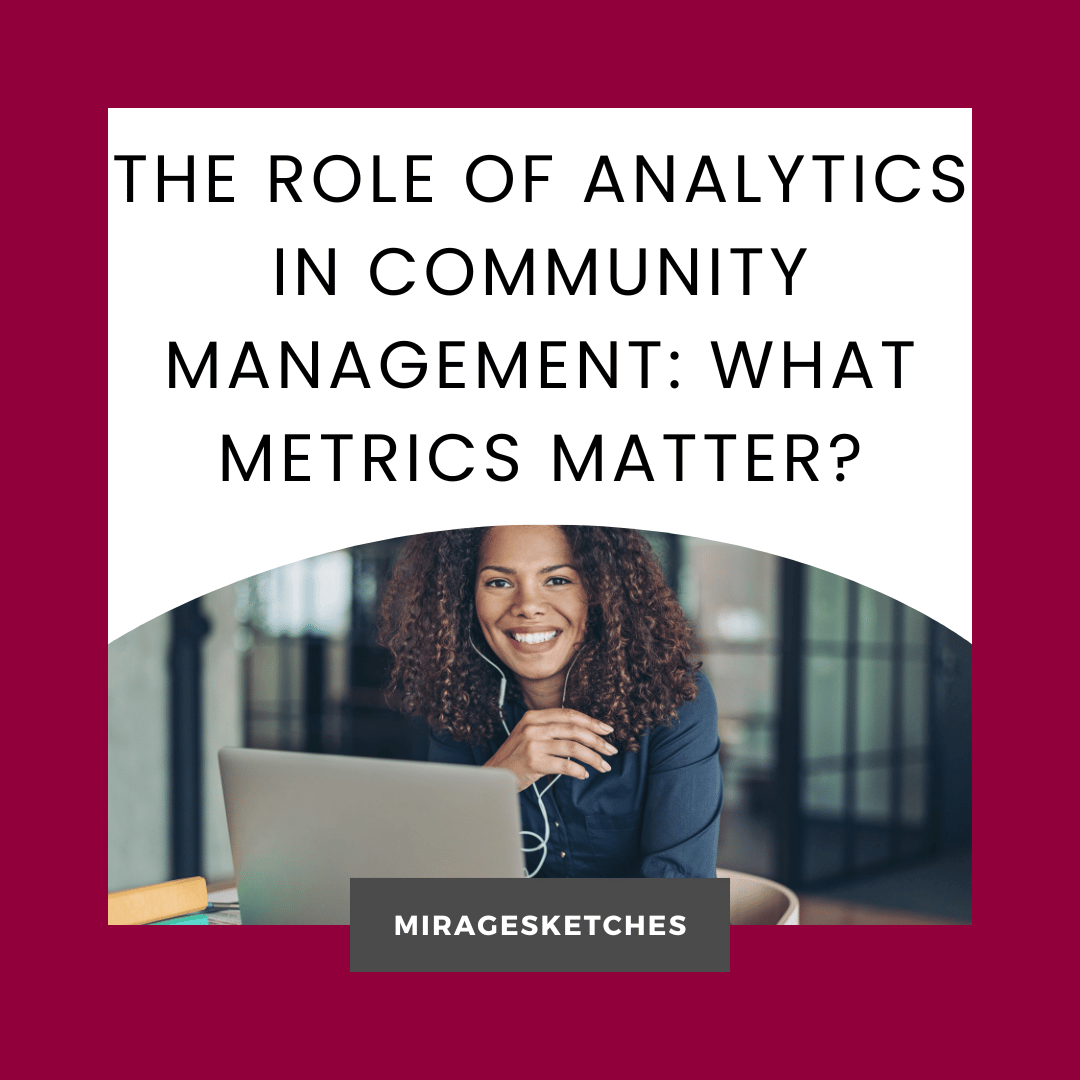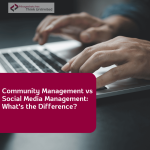When it comes to managing a community, analytics isn’t just a fancy tool; I’m sure you’re here because you want to understand what matters in all those numbers and graphs.
Because, let’s face it, no one wants to spend hours looking at data that doesn’t help, right?
Well, let’s break down what counts regarding community metrics.
I’ve been managing online communities for a while now, and trust me, knowing what to look for can save you a ton of time.
It can also help you understand your community on a deeper level and see what keeps people engaged.
Why Analytics Matter in Community Management
To be honest, it’s easy to get overwhelmed with all the numbers out there.
But why should we care about them in the first place? Analytics help us see what’s working and what’s not.
They guide us to make decisions that improve the community experience.
Without analytics, you’re just guessing.
You might think a post is doing well, but unless you’ve got some data to back it up, it’s hard to know for sure.
It’s like baking a cake without measuring the ingredients. Sometimes it’ll turn out okay, but other times…well, not so much.
Key Metrics to Watch (and Why They Matter)
Not every metric is worth tracking.
Let’s talk about a few that I find useful, the ones that give you real insights into how your community is doing.
1. Engagement Rate
Engagement rate is basically how much your members are interacting with your content. This could mean likes, comments, shares, or any action people take on your posts. High engagement often means that people feel connected to what’s going on. Low engagement? That could signal that something isn’t quite resonating with your community.
> Pro Tip: Don’t focus only on the number of likes or comments. Look at the type of comments too. Are people genuinely interested, or are they just giving quick replies?
2. Active Members vs. Total Members
Having a big community might look good on paper, but if most of them are inactive, it’s not really a healthy community. I usually check how many people are actually participating in discussions compared to the total number of members. If there’s a big gap, it might be time to re-evaluate your content or engagement strategy.
3. Member Growth Rate
How fast is your community growing? Member growth rate is a great way to track if you’re reaching new people and if your community has momentum. But here’s the catch: don’t just aim for growth without quality. A smaller, engaged community is way more valuable than a massive, silent one.
4. Response Time
How quickly are you or your team responding to members’ questions or comments? If responses are too slow, people can feel ignored, and they might lose interest. Quick response times can help build trust and show that you care. I keep an eye on this one because it’s a direct reflection of how engaged we, as community managers, are.
5. Retention Rate
Are people sticking around after they join? Retention rate shows you how many people stay active over time. If you notice people joining and then disappearing, you might need to dig into why they’re losing interest. Retention is a tough metric, but it’s one of the most valuable.
How to Track These Metrics Without Getting Lost
Now, I know what you might be thinking: “This sounds like a lot to track.” And you’re right.
But it doesn’t have to be overwhelming if you have a system. I like using simple tools, even just a spreadsheet, to track the basics.
There are plenty of analytics tools out there, but even with basic tracking, you’ll start to see trends.
Simple Tools to Start With
Google Analytics for tracking traffic, if your community has a website.
Social media insights on platforms like Facebook and Instagram.
Community-specific platforms like Discord or Slack may have their own built-in analytics.
Honestly, even if you’re just jotting down numbers in a notebook, keeping track over time will show you patterns you might not notice day-to-day.
Spotting Problems Early
Using analytics also helps you catch potential issues before they become real problems.
Let’s say you notice a dip in engagement rate.
Instead of ignoring it, dig into why that might be happening.
Maybe you’ve been posting too often, or the content isn’t connecting anymore.
I had a similar experience in one of my own communities.
Engagement dropped for about two weeks, and I realized our posts had shifted too much towards promotional content.
I switched things up, added more value-based posts, and engagement went back up.
Sometimes, small changes make a big difference.
Building a Positive Community with Data-Driven Decisions
Data shouldn’t just be numbers you look at once a month.
They’re tools that help you shape a better community experience.
Use them to make changes that actually matter.
And remember, while metrics guide us, they aren’t everything.
Keep the human element alive, listen to your community members, and don’t be afraid to experiment.
Common Questions About Community Analytics
Q: How often should I track these metrics? I’d say at least once a week if you’re running a large community, but biweekly can work for smaller ones. Consistency is key.
Q: What’s the best way to increase engagement rate? Ask questions, get people talking. Create posts that invite feedback or ask members to share their experiences.
Q: Are there any analytics tools specifically for community managers? Yes, tools like Sprout Social, Hootsuite, and even Facebook’s own analytics can be useful for tracking engagement and growth.
Wrapping It All Up
Using analytics in community management isn’t about staring at numbers all day.
It’s about understanding what’s working and what’s not, so you can keep your community vibrant, engaged, and positive.
Whether you’re just starting out or you’ve been managing communities for a while, these metrics give you a solid foundation to build from.
Remember, building a strong community takes time, and every community has its own unique rhythm.
Stick with it, pay attention to the metrics that matter, and don’t forget to listen to your members.
They’re the heart of the community, after all.





